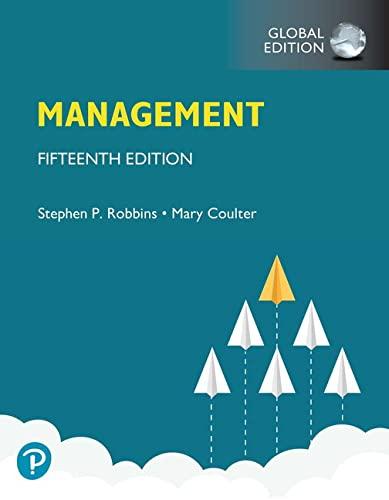On January 13, 2012, 32 people died after the Costa Concordia, the lead ship of Concordia-class cruise
Question:
On January 13, 2012, 32 people died after the Costa Concordia, the lead ship of Concordia-class cruise ships, ran aground with more than 4,000 passengers and crew a few hours after leaving the Italian port of Civitavecchia.
As the ship steered close to the island of Giglio on Captain Francesco Schettino’s orders, it hit a rocky outcrop. The general emergency alarm was raised and passengers were asked to await instructions, followed by the captain finally giving the order to abandon ship. Most passengers escaped in lifeboats, but evacuation efforts were hampered by the angle of the ship. Eventually Schettino and the second master abandoned the bridge, leaving behind around 300 passengers and some crew.
Schettino’s preliminary abandoning of the Costa Concordia and unwillingness to return to the sinking ship brought into question the competence of the company crew as well as the effectiveness of recruitment procedures. After the captain was arrested and charged with multiple counts of manslaughter and abandoning ship, Costa Cruises suspended all social media activities as a sign of respect for the victims and their families, and in attempt to reduce negative comments. However, the lack of disclosure and the unverified information coming from other media aroused contrasting reactions from Costa’s customers, some of whom expressed solidarity with the victims and the company, while others were upset and frustrated by the company’s silence.
How did Costa Cruises make changes to improve communication? It collaborated with multinational public relations and communications firm Burson-Marsteller, now known as Burson Cohn & Wolfe after its merger, to launch a communication campaign defending its reputation and market share in a highly competitive and global cruise industry. The strategy was full disclosure of all rescue operations through social networks. The actions undertaken included sharing updates on the rescue, recovery, and safety operations through social media, providing information on the strategy for the removal of the wreck, reducing the environmental impact of the accident, and communicating the measures taken to protect the island’s ecosystem, which was threatened by the oil spill.
A few days after the incident, Carnival Corporation announced a comprehensive audit of all safety and emergency response procedures. It was evident that Costa Concordia employees would have been better prepared for such a crisis if they had received rigorous safety training. Cruise Lines International Association announced that future briefings and safety drills for passengers would take place before a ship leaves port.
Communication continues to be crucial at Costa Cruises. The successful negotiation of the initial compensation package for passengers of Costa Concordia was promptly shared with the public through official press releases and new safety measures were announced during the company’s celebrations of its $665 million flagship Costa Fascinosa. The benefits of its communication strategy was evident from the number of reservations made four months later, indicating an increase of 25 percent from the same time a year before.43 DISCUSSION QUESTIONS
14-1. In what ways do you think Costa Cruises new communication strategy, implemented to reduce the issues faced after the Costa Concordia incident, was effective?
14-2. Why do you think Costa Cruises decided to initially stop communicating on social media? Was this an appropriate strategy?
14-3. How do you think Costa Cruises managers could have handled all public communications better after the Concordia accident?
14-4. How would you measure the success of the new communication strategy in saving the business?
Step by Step Answer:






